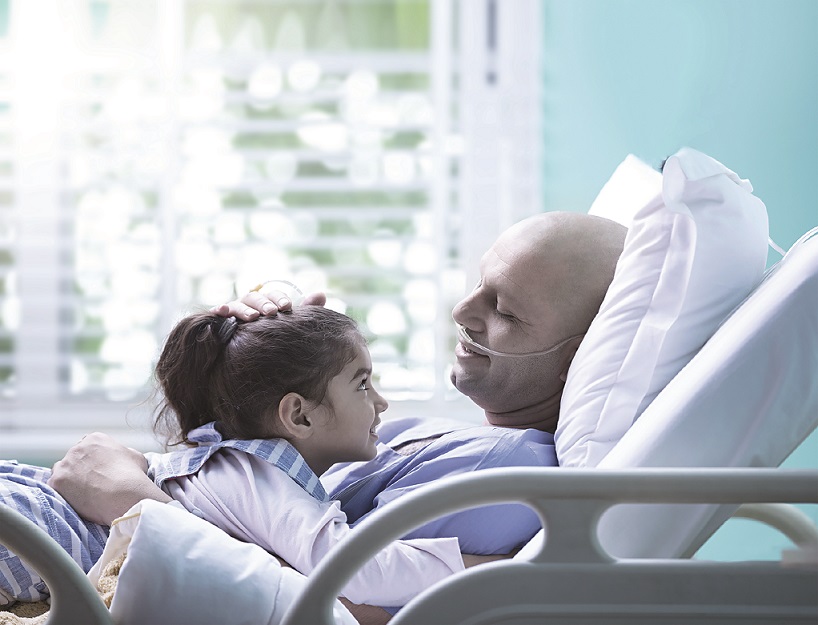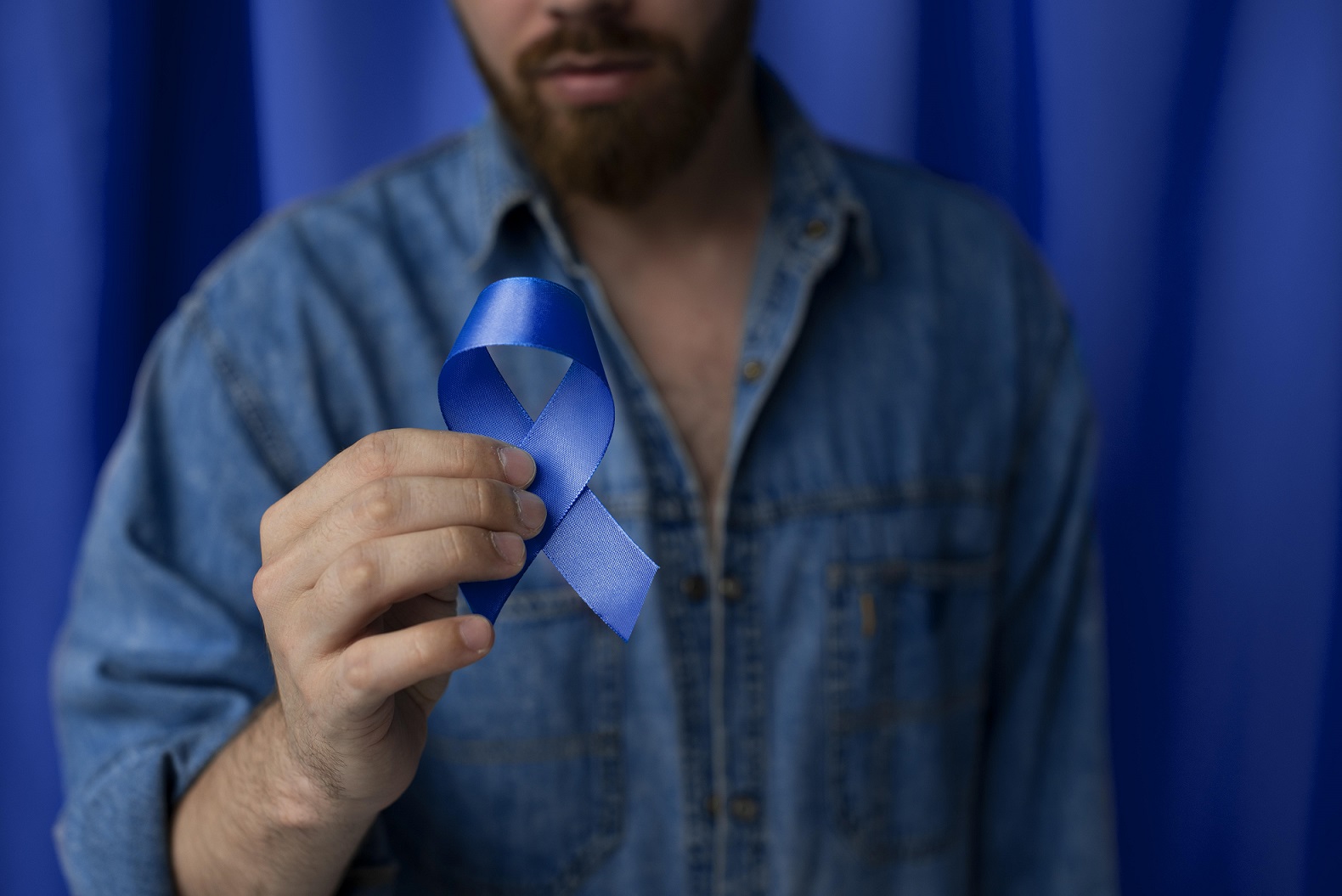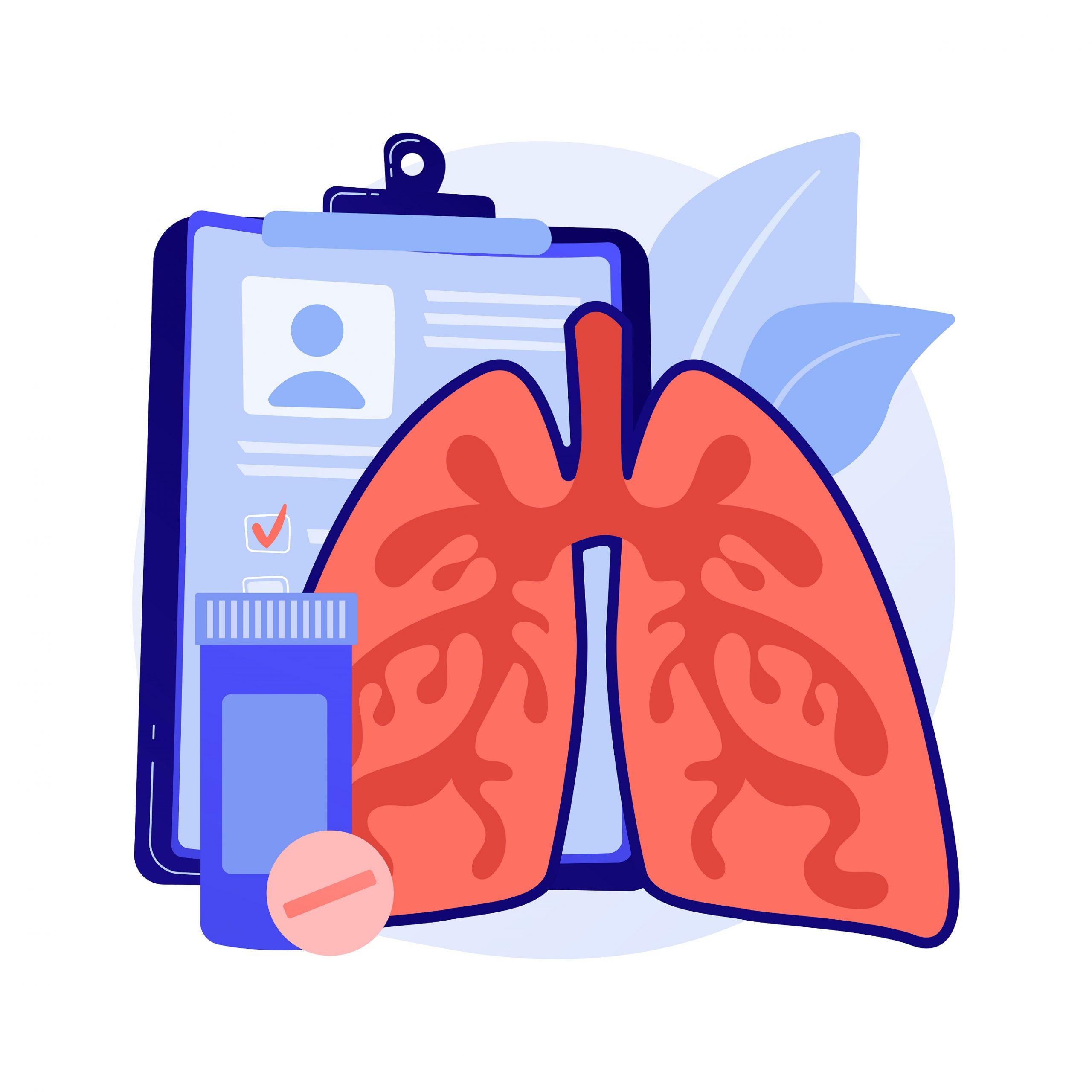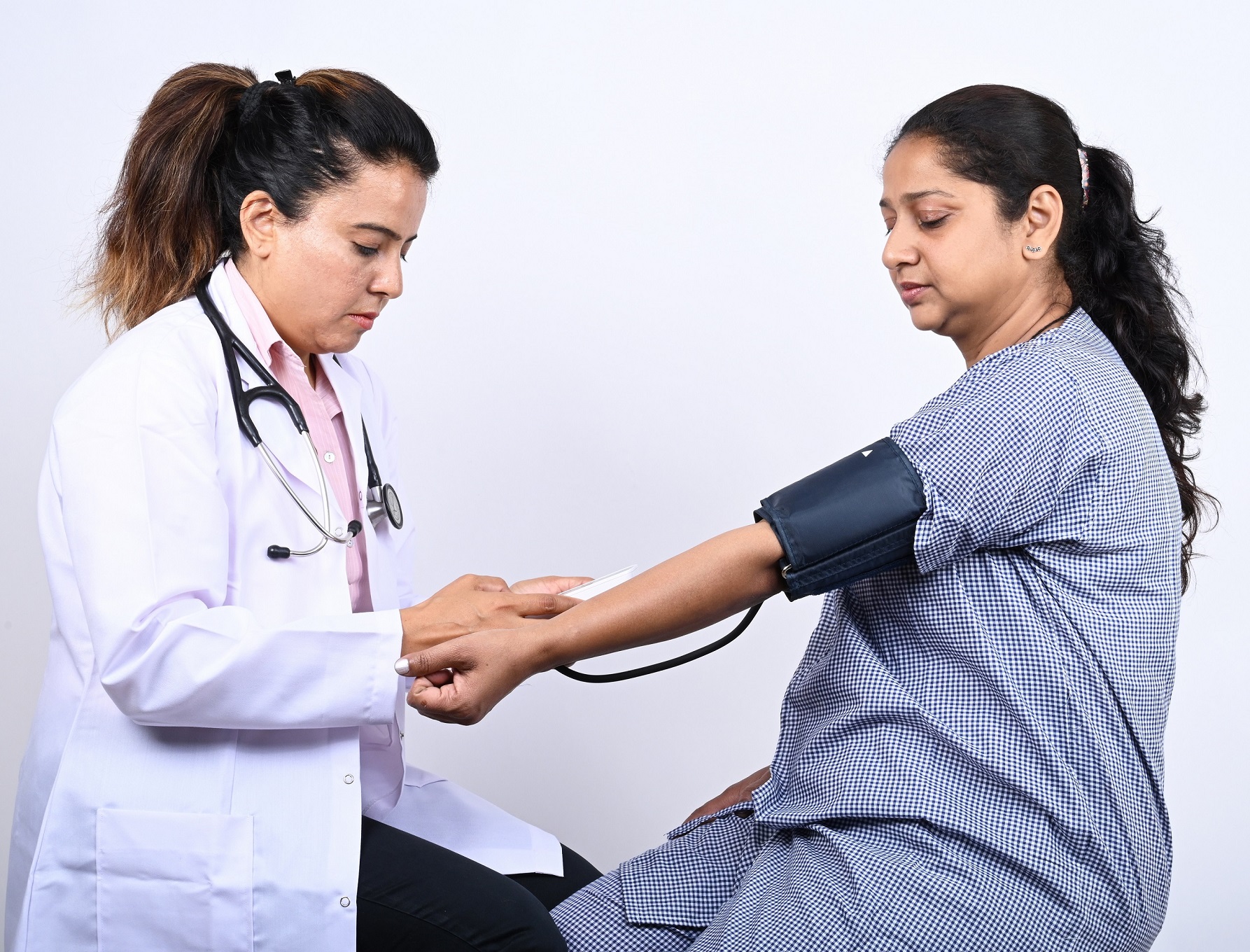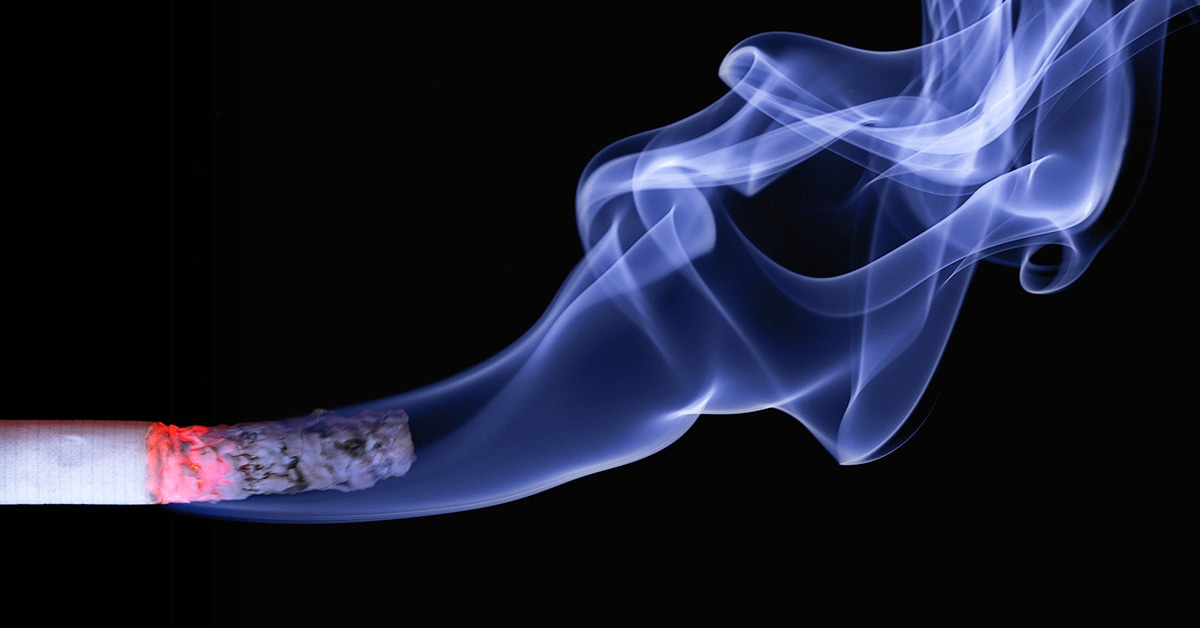Obesity is a growing global health concern and a disease process, leading to various chronic conditions such as diabetes, hypertension, heart disease, and more. For individuals who have struggled to achieve significant weight loss through diet and exercise alone, bariatric surgery offers a viable, effective solution. This life-changing procedure not only helps in reducing weight but also in alleviating or even curing obesity-related health issues.
Bariatric surgery encompasses several types of procedures designed to limit food intake and alter the digestive process, leading to significant weight loss. The most common types include Sleeve Gastrectomy, Gastric Bypass, Adjustable Gastric Banding, and Biliopancreatic Diversion with Duodenal Switch (BPD/DS). Each procedure has its unique approach, but the ultimate goal remains the same: to help patients lose excess weight and improve their overall health.
Sleeve Gastrectomy is most popular procedure where a large portion of the stomach is removed, leaving a tube-shaped stomach or “sleeve.” This significantly reduces the amount of food you can consume and decreases hunger hormones.
Gastric Bypass Surgery involves creating a small pouch from the stomach and connecting it directly to the small intestine, bypassing most of the stomach and significant length of small bowel. This not only limits the amount of food you can eat but also reduces the absorption of nutrients, leading to substantial weight loss.
Adjustable Gastric Banding involves placing a band around the upper portion of the stomach to create a small pouch. The size of the opening between the pouch and the rest of the stomach can be adjusted, helping control the amount of food intake.
Biliopancreatic Diversion with Duodenal Switch (BPD/DS) combines aspects of sleeve gastrectomy and gastric bypass, offering one of the most effective weight loss solutions, particularly for those with severe obesity.
In Bangladesh, Evercare Hospital Dhaka is offering comprehensive bariatric surgery services. The hospital provides a multidisciplinary approach to bariatric surgery, combining the expertise of surgeons, dietitians, psychologists, and other healthcare professionals. This collaborative effort ensures that each patient receives personalized care tailored to their specific needs, from the initial consultation to post-surgery lifelong support. The hospital’s patient-centered approach ensures that each individual receives personalized care tailored to their specific needs. Whether you’re battling obesity or seeking to resolve related health issues, bariatric surgery at Evercare can be a life-changing solution.
Author:
Dr. Mohammad Farid Hossain
Senior Consultant
General & Laparoscopy Surgery
Evercare Hospital Dhaka



